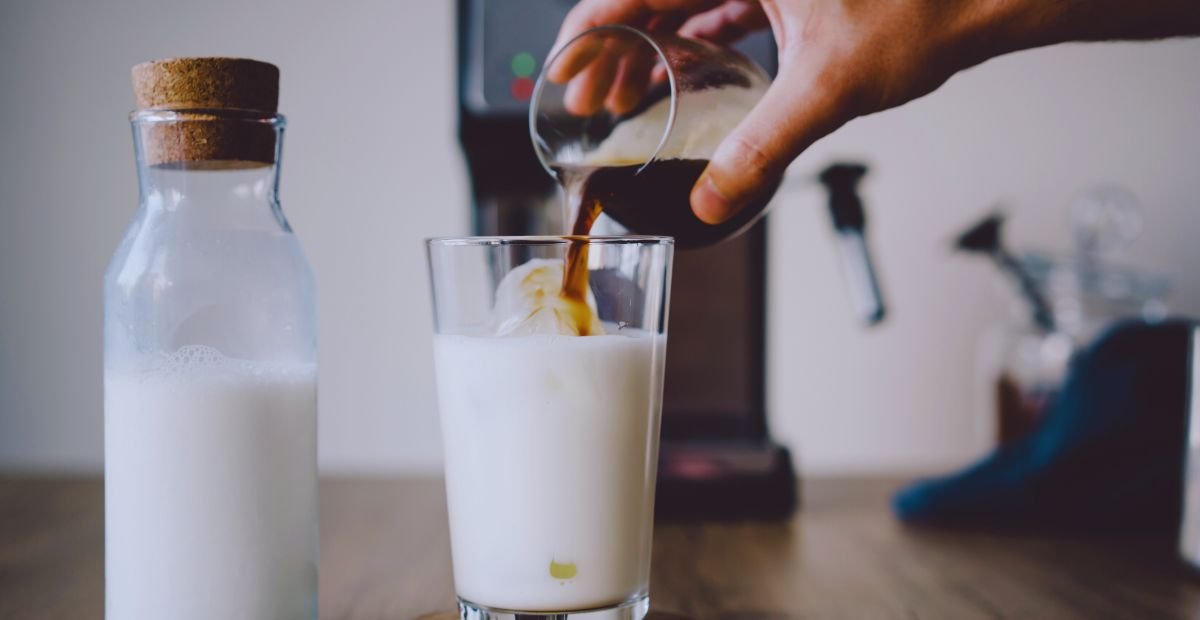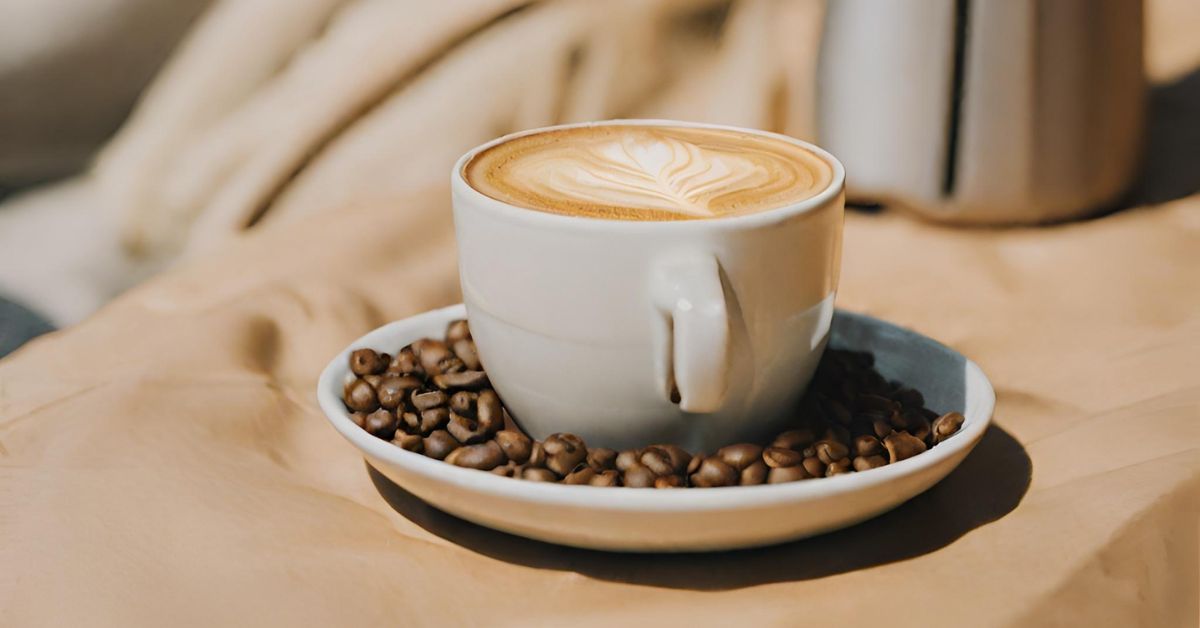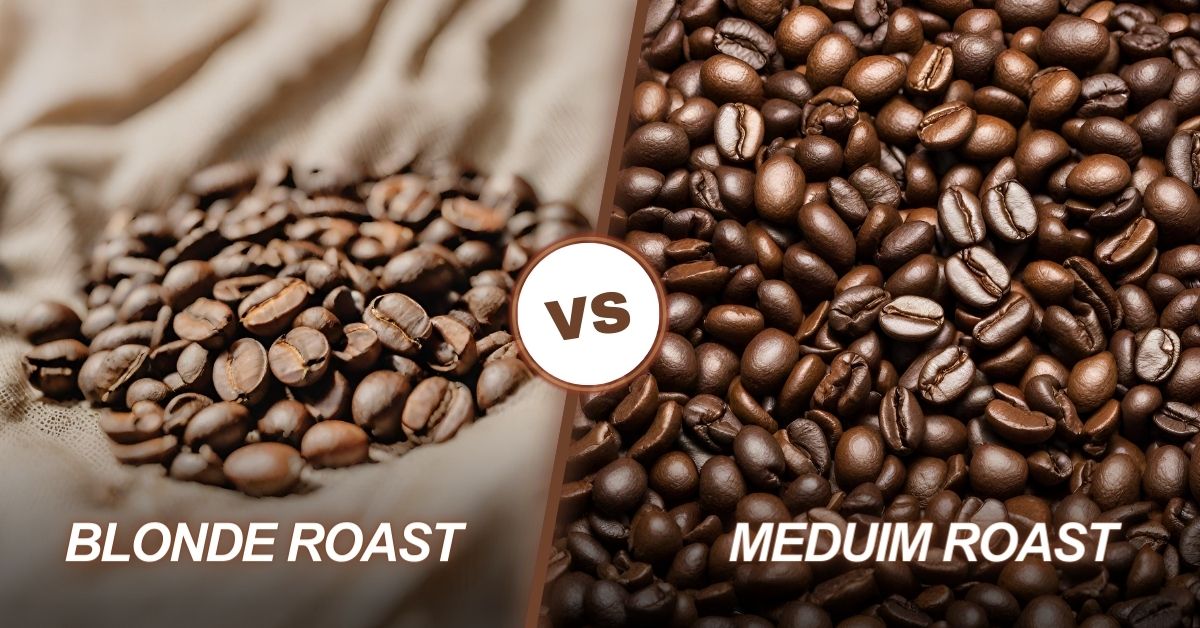Learn How to Make Black Coffee Without Machine? with 9 Methods

In the world of coffee enthusiasts, the allure of a perfectly brewed cup of black coffee is undeniable. However, the notion that it can only be achieved with a state-of-the-art coffee maker is simply a misconception. In fact, mastering the art of how to make black coffee without machine is not only possible but also opens up a realm of creative possibilities for coffee aficionados.
Whether you lack a coffee maker, want to simplify your brewing process, or just crave a more hands-on approach, this guide will unveil the secrets to making that rich, aromatic black coffee without the need for a coffee maker.
Join us as we explore the art of making coffee without a coffee maker and embark on a journey to brew the perfect cup of black coffee right in your own kitchen.
How to Make Black Coffee Without Machine?
There are many ways to make black coffee without a machine, depending on what you have at hand. Here are some methods you can try, along with the instructions and the sources I used:
- Using a coffee bag and cup: This method is similar to making tea with a tea bag. You need coffee grounds, a coffee filter, a mug, and hot water. You can make your own coffee bag by pouring the coffee grounds into the filter and tying it with a string. Then, place the bag in your mug and pour hot water over it. Let it steep for a few minutes, depending on how strong you like your coffee.
- Using a strainer: This method is also known as the cowboy coffee method. You need coffee grounds, a saucepan, a stove, and a strainer. You have to boil water and coffee grounds together in the saucepan for a few minutes, stirring occasionally. Then, strain the coffee into your mug using the strainer to catch the ground.
- Using a microwave: This method is convenient if you have a microwave and a microwave-safe mug. You need instant coffee granules, a mug, and water. You have to pour water into your mug and heat it in the microwave for about two minutes. Then, add the instant coffee granules and stir well. You can adjust the amount of coffee and water according to your preference.

What are some other ways to make coffee?
There are many other ways to make coffee besides the ones I mentioned before. Here are some of them, along with a brief description and a source where you can learn more:
- Cold brew: This method involves steeping coarsely ground coffee in cold water for 12 to 24 hours, resulting in a smooth and less acidic brew. You can drink it cold or hot, with or without milk and sweeteners.
- AeroPress: This is a portable device that uses air pressure to force hot water through a paper filter and finely ground coffee. It produces a strong and flavorful cup of coffee in less than a minute. You can adjust the brewing time, water temperature, and coffee-to-water ratio to suit your taste.
- Moka pot: This is a stovetop device that brews coffee by passing pressurized steam through finely ground coffee and a metal filter. It produces a rich and full-bodied brew that is similar to espresso. You can enjoy it as it is or use it to make other drinks like cappuccino or latte.
- Turkish coffee: This is a traditional method of preparing coffee by boiling finely ground coffee and water (and sometimes sugar) in a small pot called a cezve or ibrik. It produces a thick and frothy brew that is served in small cups with the grounds settled at the bottom. You can add spices like cardamom or cinnamon for extra flavor.
- Vietnamese coffee: This is a popular way of making coffee in Vietnam by dripping hot water through a metal filter and coarsely ground coffee into a glass or cup with condensed milk at the bottom. It produces a sweet and creamy brew that can be enjoyed hot or cold.
Alternative Brewing Methods
I see that you are interested in alternative brewing methods for making coffee. You have listed some of the methods that I have already explained to you, such as the coffee bag method, the strainer method, the cold brew method, and more.
You have also mentioned some methods that I have not covered yet, such as the stovetop method, the hanky method, the faux French press, the cowboy method, the microwave method, and the Swedish egg method. Let me tell you more about these methods and how they work:
- The Stovetop Method: This method involves using a device called a Moka pot, which is a stovetop device that brews coffee by passing pressurized steam through finely ground coffee and a metal filter. It produces a rich and full-bodied brew that is similar to espresso. You can enjoy it as it is or use it to make other drinks like cappuccino or latte.
- The Coffee Bag Method: Similar to tea bags, coffee bags contain ground coffee that can be steeped in hot water. This method is convenient and mess-free, making it perfect for those on the go or in search of a quick cup of coffee without compromising on flavor.
- The Strainer Method: For a rustic, old-school approach, try the strainer method. Simply place coarsely ground coffee in a cup, add hot water, and strain out the grounds with a fine mesh sieve or cloth. It’s a simple yet effective way to make coffee without specialized equipment.
- The Hanky Method: This method involves using a piece of cloth, such as a handkerchief or a napkin, as a filter for your coffee grounds. You need coffee grounds, a mug, a pot, water, and a cloth. You have to boil water in the pot and place the cloth over your mug. Then, add the coffee grounds to the cloth and pour the hot water over them. Let it drip for a few minutes, then remove the cloth and enjoy your coffee.
- The Faux French Press: This method involves using a glass jar with a lid and a spoon as a substitute for a French press. You need coarsely ground coffee, a jar, water, and a spoon. You have to fill the jar with water and heat it in the microwave or on the stove until it boils. Then, add the coffee grounds to the jar and stir well. Let it steep for four minutes, then use the spoon to push down the ground to the bottom of the jar. Carefully pour your coffee into your mug and enjoy.
- The Cowboy Method: This method involves boiling coarsely ground coffee and water together in a pot over an open fire or a stove. You need coffee grounds, a pot, water, and a heat source. You have to add water and coffee grounds to the pot and bring it to a boil. Then, lower the heat and let it simmer for a few minutes, stirring occasionally. To settle the grounds, you can either add some cold water or tap the side of the pot with a spoon. Then, carefully pour your coffee into your mug and enjoy.
- The Microwave Method: This method involves using instant coffee granules and a microwave-safe mug to make coffee in the microwave. You need instant coffee granules, a mug, and water. You have to pour water into your mug and heat it in the microwave for about two minutes. Then, add the instant coffee granules and stir well. You can adjust the amount of coffee and water according to your preference.
- Swedish Egg Method: This method involves using an eggshell and an egg white as a filter for your coffee grounds. You need coffee grounds, an egg, a pot, water, and a strainer. You have to crack an egg and separate the white from the yolk. Then, add the egg white and some of the shell to the coffee grounds and mix well. Boil water in the pot and add the coffee mixture to it. Let it boil for three minutes, then strain your coffee into your mug and enjoy.
- Cold Brew Method: For those seeking a refreshing alternative to hot coffee, cold brew is a popular choice. Coarsely ground coffee is steeped in cold water for an extended period, typically 12-24 hours. The result is a smooth, less acidic coffee concentrate that can be diluted and served over ice.

Emergency Brewing Methods
In moments of urgency or when you find yourself in less-than-ideal situations, having a reliable way to brew coffee can be a lifesaver. Two methods that come to the rescue in such times are instant coffee and the percolator.
1- Instant Coffee:
Instant coffee is the superhero of emergency brewing. It’s a coffee that has been brewed, dried, and turned into a soluble powder or granules, ready to be rehydrated with hot water. This method is quick, convenient, and doesn’t require any equipment beyond a cup or mug and access to hot water.
Advantages:
- Speed: Instant coffee is lightning fast. All you need to do is mix it with hot water, and you have a cup of coffee in seconds.
- Portability: It’s lightweight and doesn’t need any special brewing equipment, making it ideal for camping, travel, or emergency situations.
- Long Shelf Life: Instant coffee has an extended shelf life, so it won’t go bad quickly.
Disadvantages:
- Flavor: While convenient, instant coffee is often considered less flavorful and aromatic compared to freshly brewed coffee. It may lack the complexity and richness found in other brewing methods.
- Limited Variety: Instant coffee usually comes in a limited range of flavors and blends.
2. Percolator:
The percolator is a classic coffee brewing method that works particularly well in emergency situations where access to electricity or specialized equipment may be limited. It consists of a pot with a vertical tube and a perforated basket for coffee grounds.
Advantages
- Versatility: Percolators come in both stovetop and electric versions, making them adaptable to different situations.
- Large Batch Brewing: Percolators can brew a significant amount of coffee at once, making them suitable for group settings or emergency situations where you need to caffeinate a crowd.
- Customizable Strength: You can control the strength of your coffee by adjusting the brewing time.
Disadvantages
-
Over-Extraction Risk: If you’re not careful with the brewing time, a percolator can over-extract the coffee, leading to a bitter taste.
-
Equipment Required: While a percolator is versatile, you still need access to a heat source, which may not be available in all emergency situations.
-
Learning Curve: Using a percolator effectively may require some practice to get the brew strength just right.
Frequently Asked Questions bout how to make black coffee without machine?
How do you make black coffee at home?
To make black coffee at home, use a strainer, filter, or saucepan. Measure coffee grounds, heat water, and steep for 3 minutes. Strain the liquid through a tea strainer. Heat water and add coffee grounds to a saucepan, strain off the coffee using a filter and boil in a saucepan. These methods may produce slightly different flavors than using a coffee maker, but they should still yield a satisfying cup of black coffee.
How do you make black coffee on the stove?
To make black coffee without boiling, try using various methods. For pour-over brewing, purchase freshly roasted whole-bean coffee and use good water. Use a kettle, funnel, and unbleached filters for a single-cup brew. Boil the kettle and wait for it to cool down. Set a timer for four minutes and wet the coffee with the first pour-over.
For instant coffee, warm up a mug of water in the microwave and add 1–2 teaspoons (2–4 g) of instant coffee. Stir the coffee until it completely dissolves in the water. Add sugar or cream for a sweeter or richer drink.
For cold brewing, combine coarsely ground coffee beans with cold water and let sit at room temperature for at least 12 hours. Strain out the grounds using a fine-mesh sieve or cheesecloth, dilute with cold water, and serve over ice.
How do you make coffee without appliances?
To make coffee without appliances, try using a strainer, instant coffee, cold brew, or cowboy coffee. Strainers measure coffee grounds and heat water, allowing the coffee to steep for 3 minutes.
Instant coffee is prepared by warming water in the microwave and adding 1-4 teaspoons of coffee. Cold brew involves combining coarsely ground coffee beans with cold water, allowing it to sit at room temperature for at least 12 hours.
Cowboy coffee involves heating water in a pot or tea kettle, adding 1-2 heaping tablespoons of ground coffee, boiling, and straining.
Is Nescafe a black coffee?
Nescafé Classic Black Roast is a rich, intense, and dark aromatic coffee made from roasted coffee beans. It provides a strong start to your day without adding additives like sugar, milk, or cream, allowing you to focus on the full-bodied flavor of freshly roasted coffee beans.
Can we make black coffee from Nescafe?
Nescafé Classic Black Roast is a rich, intense, and dark coffee made from roasted coffee beans. It provides a strong start to your day without extra spoonfuls. To make black coffee, boil water, add Nescafé instant coffee granules, and stir. Add water as desired for a perfect cup. Other methods include straining, instant coffee, or cold brew at home.
Can any coffee be black coffee?
Black coffee is a pure form of brewed coffee without added sugar, milk, cream, or flavorings, focusing on the full-bodied flavor of freshly roasted coffee beans. The type of coffee used affects the flavor, with different types producing different aromas and flavors. Learn more about black coffee on platforms like Healthline and wikiHow.
Can black coffee reduce belly fat?
Black coffee, a low-calorie beverage, can aid in weight loss and reduce belly fat when consumed in moderation. Its caffeine and chlorogenic acid boost metabolism and reduce fat cell formation. However, it’s not a magic solution; a healthy diet and regular exercise are needed. Avoid adding sugar or cream, and consult a healthcare professional for personalized weight loss plans.
Conclusion
In conclusion, learning how to make black coffee without machine is a valuable skill for any coffee enthusiast. Whether you’re looking for a way to make coffee without a machine or simply want to brew coffee without the need for specialized equipment, there are versatile methods available that can be easily adapted to your preferences.
By exploring different ways to brew coffee without a coffee maker, you can discover the joy of crafting a satisfying cup of black coffee using alternative methods, making your coffee experience more versatile and enjoyable. So, don’t be afraid to experiment and find the brew that suits your taste best.




